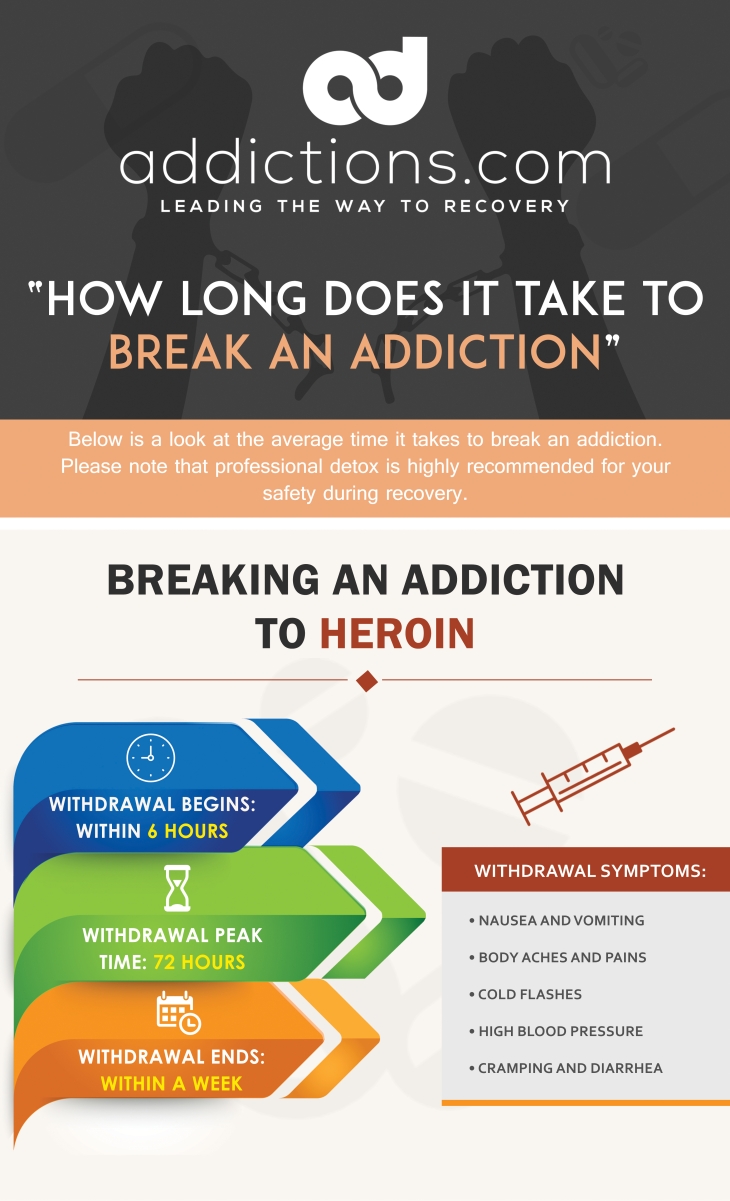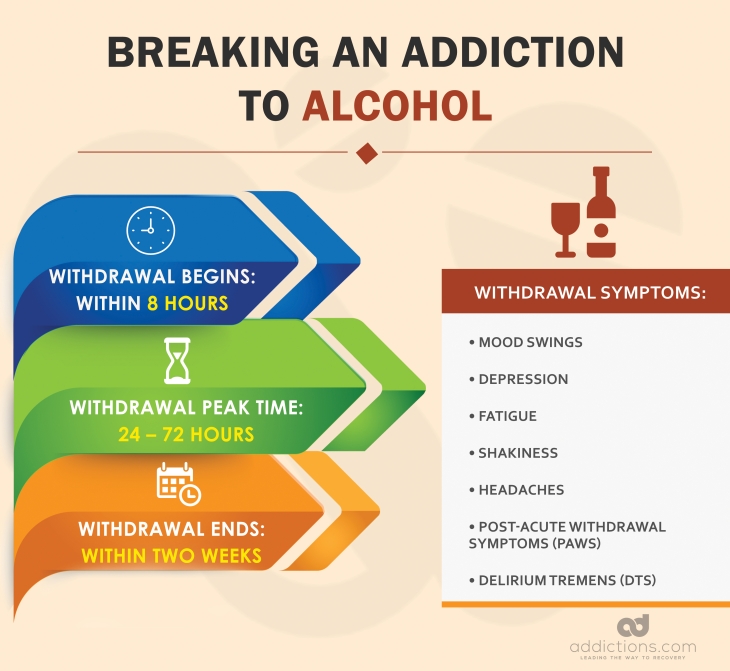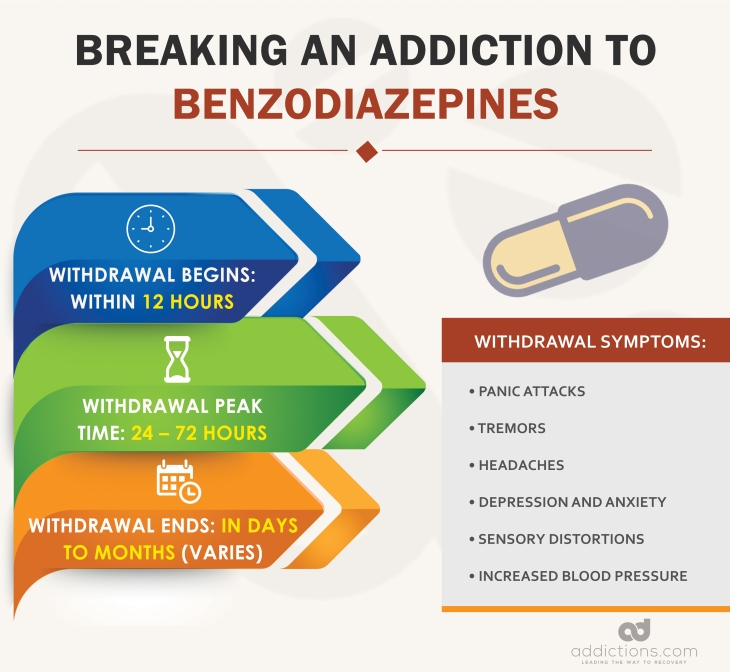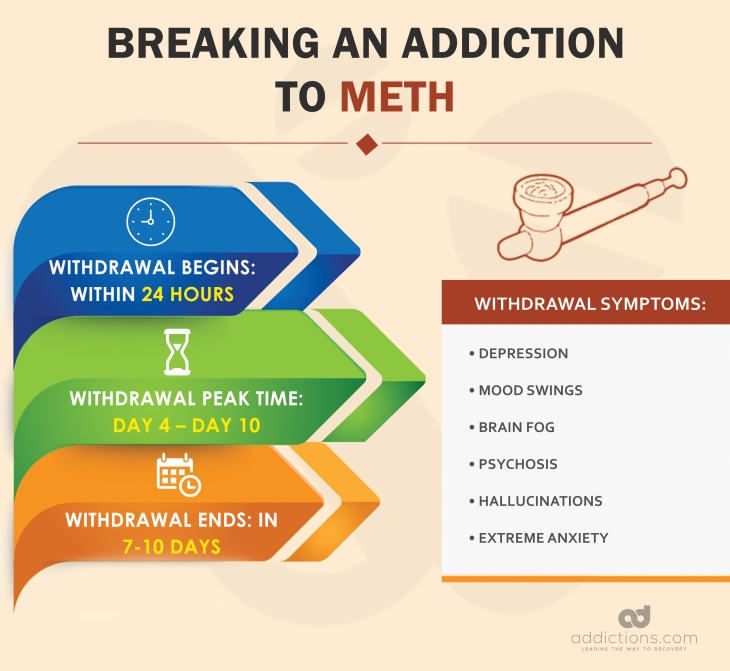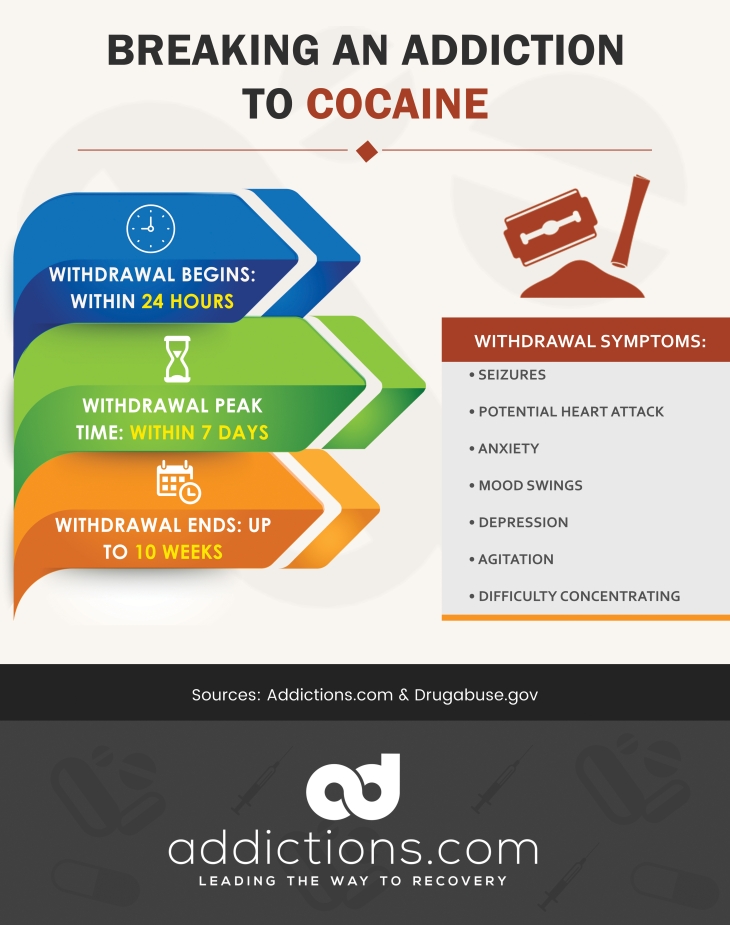Although recovering from addiction is a lifelong endeavor, the process must always begin with detoxification and withdrawal, as your body copes with abstinence from your drug of choice. The duration and danger level of withdrawal symptoms will depend on several factors, such as the substance abused, how long you abused it, how you took it (smoking, swallowing, injecting, etc.), your dosage, as well as other medical and mental factors particular to you.
Why Professional Detox is Important
When addicts resolve to get clean, many of them decide that they want to detox at home, because they feel safe there, or because they don’t realize there are effective and affordable detox facilities available to oversee their withdrawal. This is a natural impulse, and for some individuals, it is also a viable option. For most individuals, however, detoxing at home will make them much more vulnerable to relapse, as well as put them at risk of serious, possibly fatal health problems.
Not only can your drug of choice cause dangerous withdrawal symptoms—for example, withdrawal from long-term, heavy alcohol use can cause seizures that could be life-threatening without medical attention—but the withdrawal symptoms themselves can lead to serious health complications. For example, the withdrawal syndromes of many drugs include diarrhea and vomiting, which can lead to dehydration and dangerous electrolyte imbalances that affect heart function.
The Most Addictive Drugs
The top three most addictive drugs are heroin, crack cocaine and crystal meth. This is due to how quickly these drugs cause dramatic physical and mental effects, including hijacking the brain’s neurotransmitters, which are chemicals the brain uses to control and monitor behavior and reinforce life-sustaining actions such as eating food. Your brain will literally train you to keep using illicit drugs in the same way that it trains you to take care of your physical wellbeing—only this training is much more powerful because the brain is releasing 10 times as much dopamine in response to illicit drugs than it ever does for healthy behaviors.
Once you are physically addicted, you will experience withdrawal symptoms when you stop taking your drug of choice. While everyone’s detox experience is different, there are some general symptoms and timelines you can expect.
How long does it take to break an addiction to heroin?
Withdrawal from heroin addiction will begin around six hours after the last dose, with symptoms rapidly worsening, and peaking between 48 and 72 hours into detox. These include:
- Sweating, tearing, runny nose
- Frequent urination
- Abdominal cramps and diarrhea
- Nausea and vomiting
- Muscle spasms and twitching
- Body aches and pains, muscle cramps
- Insomnia
- Cold flashes with goosebumps
- High blood pressure and palpitations
- Intense cravings for heroin
Most symptoms will pass after a week, while some psychological aspects of the heroin withdrawal symptoms, such as anxiety, irritability, depression and a general inability to feel pleasure, can continue for weeks or months afterward. These symptoms result from the damage done to the brain’s reward system. When the brain is regularly flooded with dopamine due to heroin abuse, it tries to remedy the extreme situation by reducing the amount of dopamine produced and shutting off some of the brain’s opioid receptors. This makes addicts less able to enjoy anything, including their drug of choice.
Why You Should Not Detox from Heroin at Home
Heroin withdrawal symptoms are not life-threatening in a relatively healthy individual, but they can complicate and worsen many co-occurring medical and psychological conditions. Even if you don’t have a medical condition that will make withdrawal symptoms potentially deadly, the intense pain and profound depression that heroin users suffer during detox can push many to suicide, and even more to relapse.
Relapsing after detoxing from heroin is incredibly dangerous. Most overdoses will occur at this time because recovering addicts don’t realize that their newly low tolerance has made their usual dosage fatal.
Detoxing under the guidance of a rehab program will avoid such relapses, as well as support long-term health. Recovering from addiction is a life-long process that requires regular maintenance through healthy habits, and regular check-ins with addiction treatments such as 12-step support groups.
How long does it take to quit an addiction to alcohol?
Breaking an addiction to alcohol requires enduring detoxification and the accompanying withdrawal symptoms that usually begin 8 hours after your last drink, although they may start later.
Common alcohol withdrawal symptoms include:
- Mood swings
- Anxiety, nervousness, irritability
- Depression
- Fatigue
- Jumpiness or shakiness
- Nightmares
- Brain Fog
Other alcohol withdrawal symptoms:
- Sweating, clammy skin
- A Headache
- Insomnia
- Nausea, vomiting, loss of appetite
- Rapid heart rate
- Tremors
These symptoms tend to peak at 24 to 72 hours after your last drink, and although they typically last between five days to two weeks, they continue for weeks in some individuals.
After acute withdrawal passes, many people suffer from protracted/post-acute withdrawal symptoms, otherwise known as PAWS. These emotionally and physically exhausting symptoms usually peak four to eight weeks after your last drink. Symptoms include continued mood swings, anxiety, depression and insomnia. PAWS can also cause a lack of emotion, problems with dizziness, balance and reflexes; increased accidents, sexual dysfunction, difficulty coping with stress, memory problems, low energy and slowed metabolism.
The Risks of Detoxing from Alcohol at Home
Although many people do safely detox from alcohol at home, this is not a good idea for everyone. Not only do unpleasant acute withdrawal symptoms and persistent PAWS make recovering alcoholics vulnerable to relapse, heavy drinkers and people who have been drinking for years are at risk of developing a dangerous withdrawal syndrome called delirium tremens, or the DTs.
These symptoms usually show up about 48 hours after your last drink, but they can appear as late as 7 to 10 days after. Symptoms rapidly increase in severity and can be fatal without emergency medical attention. They include:
- Delirium (sudden, severe confusion)
- Changes in mental function
- Severe agitation and hostility
- Deep sleep (lasting for a day or longer)
- Fear, panic, unusual levels of excitement and restlessness
- Hallucinations
- Sensitivity to light, sound, touch
- Heavy sweating
- Fever
- Chest pain and irregular heartbeat
- Seizures, which can occur without other DT symptoms being present
A qualified detox and treatment facility will have the resources to treat these and any other withdrawal symptoms, through behavioral and medical interventions. Recovering from alcoholism is about much more than just quitting drinking. A successful detox is an accomplishment to be proud of, but you need professional addiction treatment to support long-term sobriety.
How long does it take to break an addiction to benzodiazepines?
Withdrawal symptoms during a detox from benzodiazepines such as Klonopin, Halcyon and Ativan start between 12 hours and a few days after quitting the drug, depending on your body chemistry and whether your drug of choice is a short or long-acting formulation. For example, Valium withdrawal usually appears after a few days, while Xanax withdrawal can begin as few as 10 hours after your last dose.
These symptoms can be severe and unpredictable, varying greatly in intensity and duration from person to person. They may last just a few days, or for several months, and about 10% of benzodiazepine addicts experience anxiety, depression and insomnia for years afterward. Benzodiazepines are notorious for being unpredictable in their physical effects, both during use and during withdrawal.
Common benzodiazepine withdrawal symptoms:
- Sensory distortions such as hypersensitivity, crawling skin, tingling sensations, and feeling like you are moving when you are still
- Depression, irritability and anxiety
- Twitching or jerking muscles
- Panic attacks
- Tremors
- A Headache
- Muscle pain
- Agitation
The most common benzo withdrawal symptoms are primarily anxiety symptoms, including increased blood pressure and heart rate, although some people may develop a protracted withdrawal syndrome that can include long-term insomnia, anxiety and depression as well as musculoskeletal, neurologic and gastrointestinal symptoms.
Less common and extremely dangerous benzodiazepine withdrawal symptoms include psychosis, depersonalization and seizures. Some individuals develop delirium tremens, which is described above under alcohol detox.
Why You Should Never Detox from Benzodiazepines at Home
Benzodiazepines very quickly lead to physical dependence that will cause a potentially fatal withdrawal syndrome when you stop taking the drug. Anyone who has been taking benzodiazepines regularly—even if the drug is taken exactly as directed, through a doctor’s prescription—must slowly and carefully reduce their dosage under medical supervision.
There is no way to predict how severe your withdrawal symptoms will be when it comes to benzodiazepines. Do not attempt to detox at home, and never quit benzos cold turkey, as this could very easily be fatal.
How long does it take to quit an addiction to meth?
Meth, or methamphetamine, is an incredibly addictive stimulant drug that can result in incredibly unpleasant withdrawal symptoms. Many of these have to do with intense depression, as methamphetamine depletes and damages your brain’s dopamine functioning in ways that take a long time to repair, much like heroin.
When detoxing from meth, withdrawal symptoms usually begin after 24 hours and remain intense for seven to ten days, although some symptoms can continue for much longer. Initial symptoms will include fatigue and an unusual amount of sleep. Your body and brain need this time rest to repair. Depression usually sets in during the first few days as well.
Strong cravings start between day four and ten, along with mood swings, brain fog, and a lack of motivation. In more serious cases of withdrawal, people may experience:
- Paranoia
- Extreme anxiety
- Hallucinations
- Psychosis
- Severe depression
- Suicidal thoughts and intention
Cravings, depression and other symptoms may continue after day ten, and insomnia will often appear. After a month, most symptoms, besides depression and occasional cravings, will subside. Recovering meth addicts who experience hallucinations and psychotic symptoms usually find relief after a week or two.
Why You Should Avoid Detoxing from Meth at Home
Symptoms such as severe depression, hallucinations and psychosis can easily lead you to harm yourself, and even mild withdrawal symptoms are enough to push many recovering addicts to relapse. When you detox in an addiction treatment facility you can do so safely, with as much comfort as possible, while simultaneously working on your addiction issues in ways that support long-term success.
So how long does it take to recover from addiction to meth? Expect at least a month for the complete withdrawal process. Once you have successfully detoxed, pat yourself on the back, but continue to get counseling, attend meetings, and take good care of yourself physically and emotionally. Recovery needs to be nurtured to last.
How long does it take to break an addiction to cocaine?
Cocaine in its most basic form is already highly addictive, and crack cocaine is one of the three most addictive drugs there are. While cocaine withdrawal symptoms are not usually life-threatening, seizures are possible for some individuals, and anyone who is abusing cocaine and alcohol at the same time is at risk of arrhythmia or heart attack during detox.
Fatigue and depression usually hit after 24 hours, and although recovering addicts sleep often and deeply for the first 72 hours, they may not feel rested. In the first week, other symptoms will appear, such as:
- Agitation
- Increased appetite
- Anxiety
- Bad dreams
- Drug cravings
During that first week and leading into week two, you’ll develop symptoms that can last for up to ten weeks, including:
- Difficulty concentrating
- Low energy and mood
- Mood swings
- Depression and anxiety
Drug cravings will continue throughout, and may actually worsen a few weeks after the initial detox. It is important to handle stress with exercise, counseling, and other healthy coping mechanisms during this time, to prevent relapse.
Why You Should Hesitate Before Detoxing from Cocaine at Home
While cocaine withdrawal is not as dangerous as many other forms of withdrawal, there can be life-threatening symptoms if you have been using cocaine in conjunction with other drugs and/or alcohol, or if you have an underlying health condition that may have been masked by drug use. Withdrawal symptoms such as severe depression can lead recovering addicts to harm themselves, and paranoia and aggression can make them a danger to others.
Even if you do decide to detox at home, please do so with the help of an outpatient addiction treatment program, so you can address personal issues and learn skills to support your continued, lifelong recovery.

